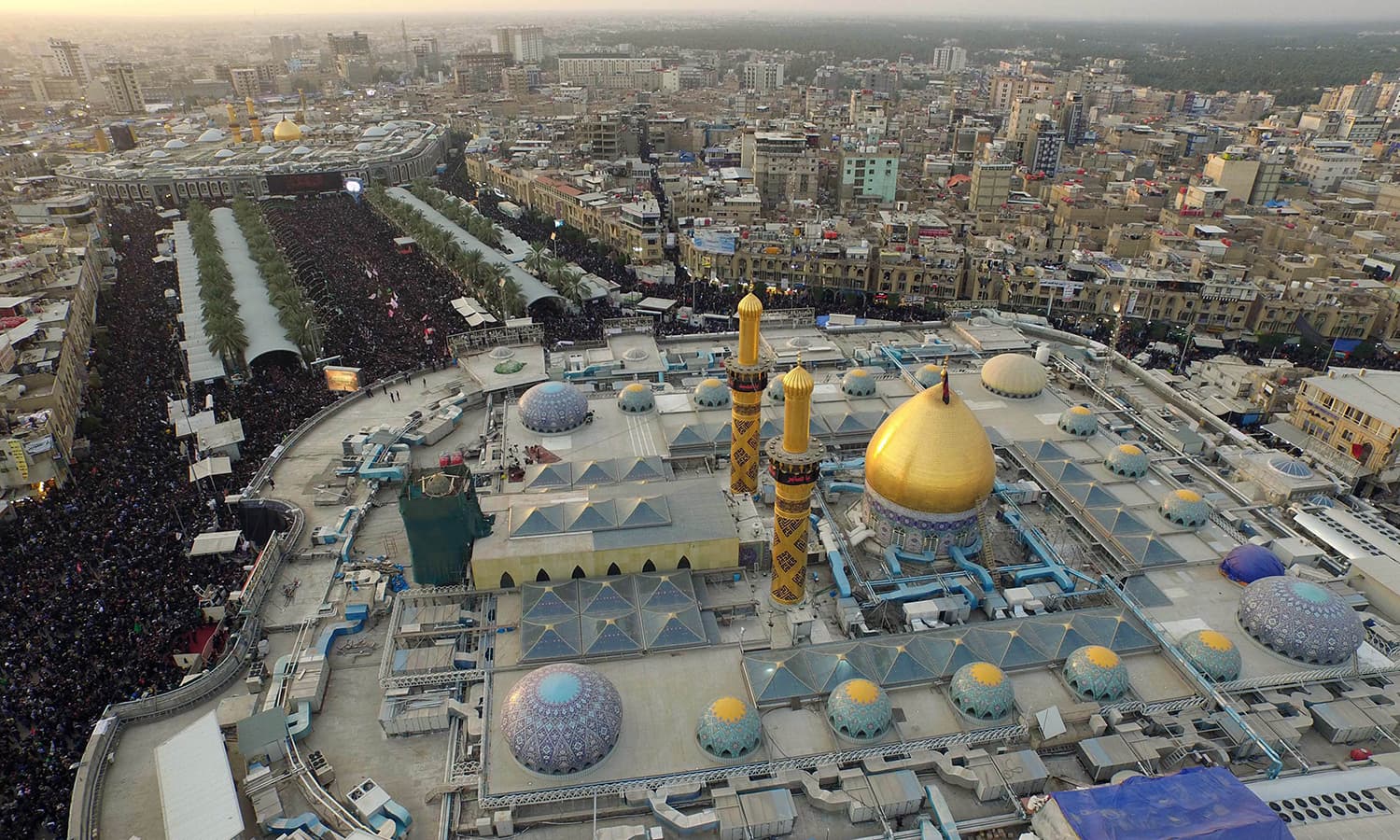With the number of tourists declining in Mashhad, hoteliers in the holy city have decided to sell 70 properties, the head of Khorasan Razavi Hotels Association said.
The expansion of Mashhad's hotel capacity has been among measures aimed at meeting the country's 25-year Vision Plan, which expects the metropolis to host 40 million pilgrims and tourists from across the world annually by 2025.
However, a major rift since January 2016 between Iran and Saudi Arabia and its allies has put a dent in those plans.
Mashhad is home to 211 hotels with a further 292 lodging facilities under construction, which are all expected to open in four years.
Nevertheless, due to the mismatch between hotel capacity and number of tourists, and the consequent decline in the number of pilgrims for the second year in a row, building more hotels makes little sense, ISNA quoted Mohammad Qanei as saying.
"We really need to wait until a comprehensive tourism plan for the city is prepared, to see if it is necessary to spend resources on expanding hospitality facilities," he added.
Hotel occupancy rates in Mashhad have declined to 20% and lodging centers have to offer discounts of up to 70% to keep their business running "in spite of their quality services".
The holy city of Mashhad is home to the mausoleum of Imam Reza (PBUH). Nearly half of Iran’s annual five million inbound tourists visit the city, most of whom are pilgrims.
Emphasizing that lodging facilities and transportation are major prerequisites of tourism, Qanei said Mashhad is equipped with both.
Based on figures, each pilgrim would spend at least 1.2 million rials ($31) a day for hotel rooms.
"But unfortunately, we lost that after the row with Riyadh," he said.
The January 2016 attacks on the Saudi Embassy and Consulate in Tehran and Mashhad by protesters infuriated by the Arab kingdom's execution of prominent Shia cleric Sheikh Nimr al-Nimr without due process led to the complete severance of diplomatic ties between the two countries.
According to figures, the city lost 700,000 Shia pilgrims from the region. Prior to the attacks, Iran received an average of 1.5 million tourists and pilgrims every year from the Persian Gulf littoral countries.


